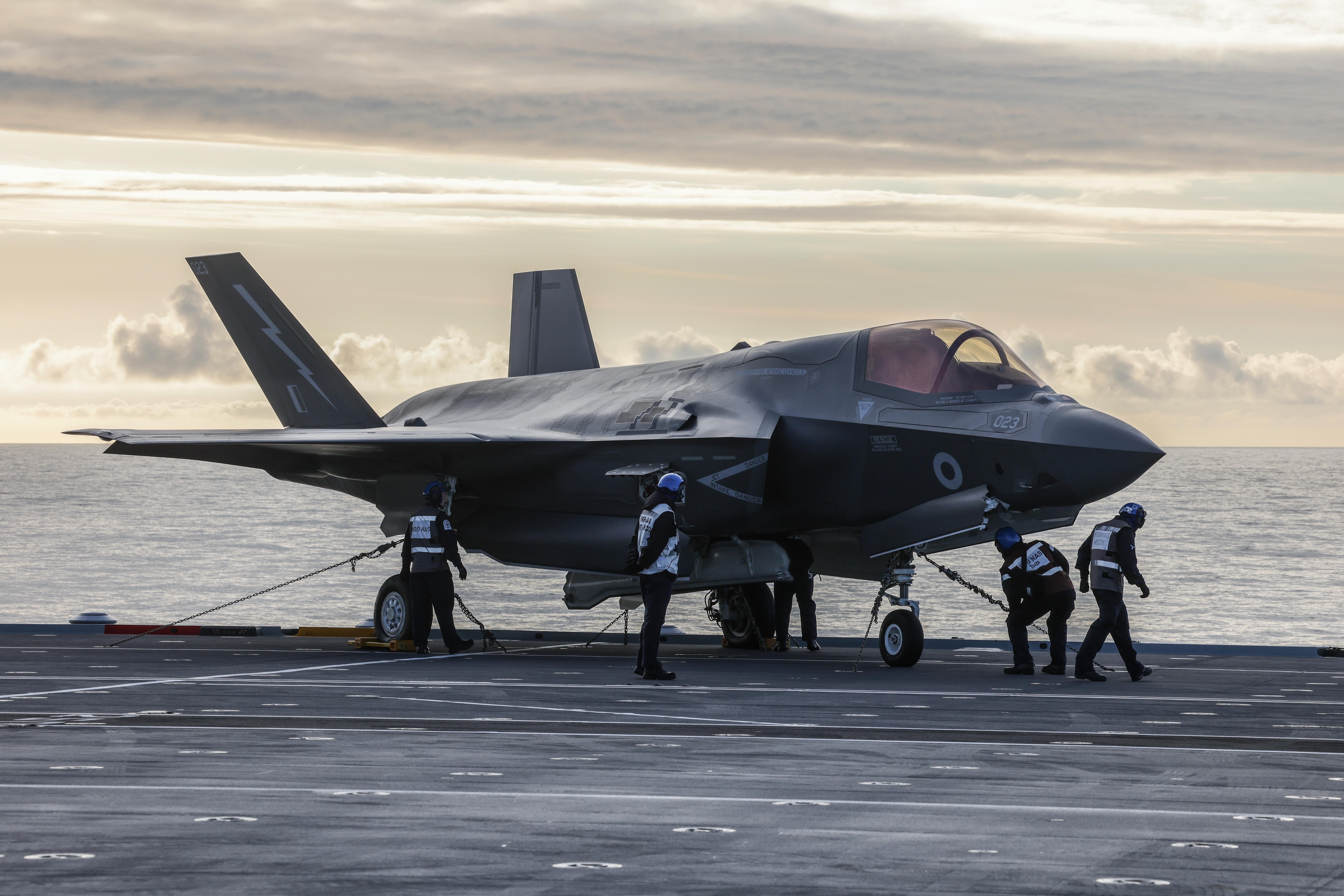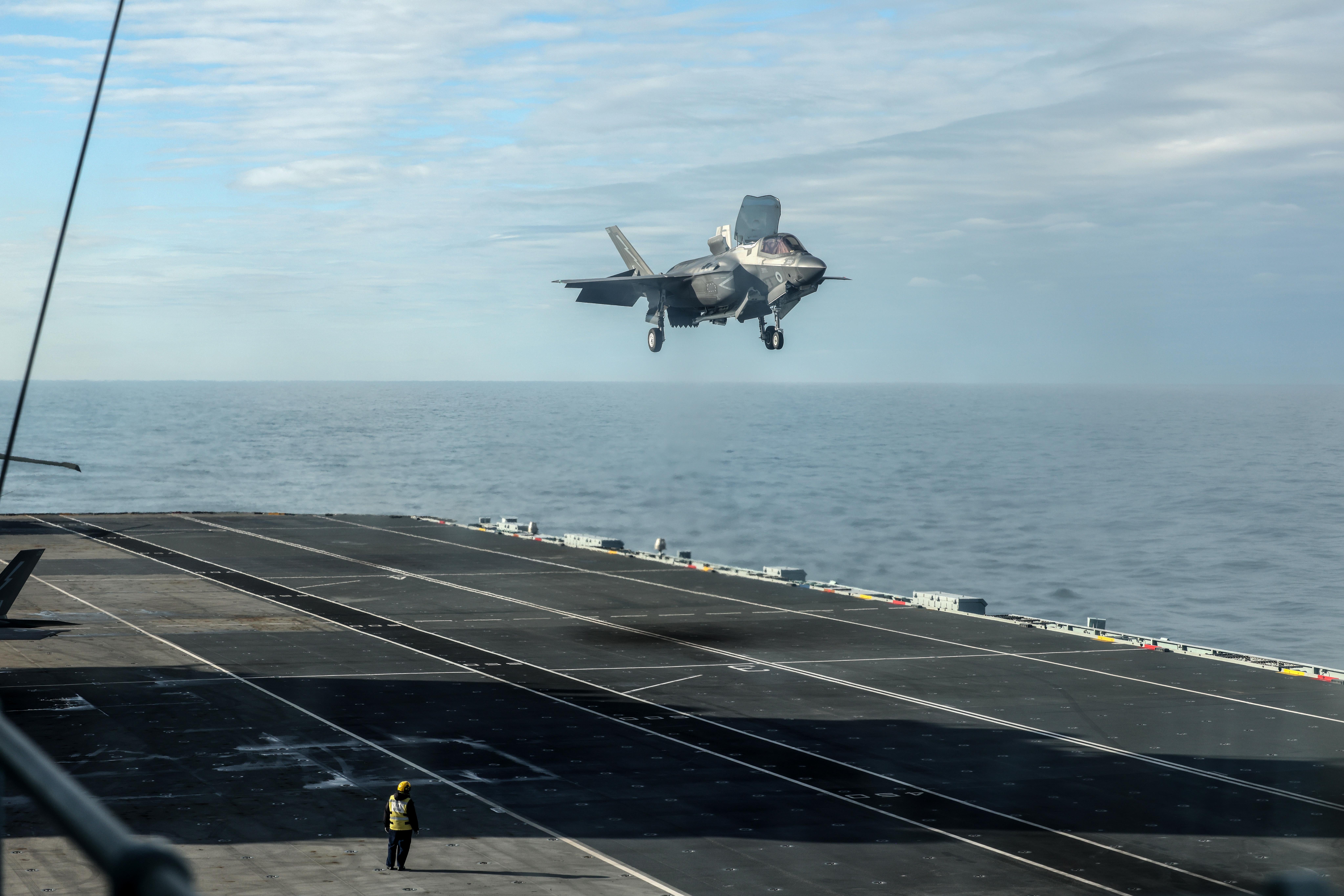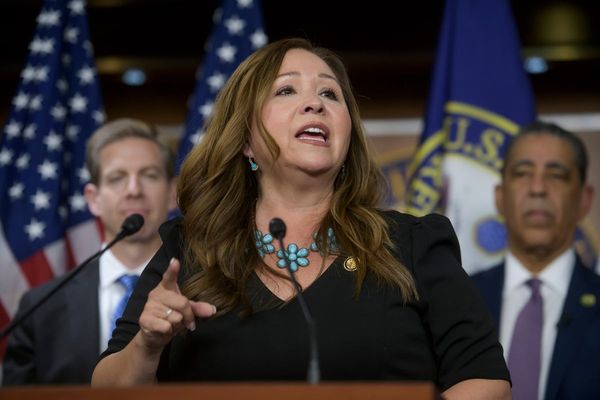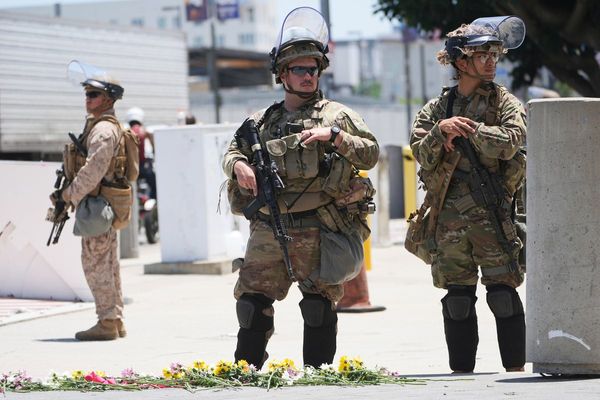
Britain’s £71 billion F-35 Lightning stealth jet programme has been plagued by significant delays, equipment shortages, and a critical lack of pilots and engineers, according to the public spending watchdog.
Despite the National Audit Office hailing the F-35, used by the RAF and on Royal Navy carriers, as "significantly superior" to all previous UK aircraft, the £11 billion already spent on the project represents a "disappointing return" when measured against the Ministry of Defence’s initial ambitions.
While the F-35 is primarily a US endeavour, approximately 15 per cent of each aircraft’s value is manufactured in the UK, securing an estimated £22 billion in contracts for British companies.
The report said that “due to failings of both the MoD and the global programme, the level of overall UK F-35 capability is currently lower than the MoD intended it would be by now at the time of its 2013 business case, and will be for several years”.

The NAO said: “In our view, the capability achieved for the estimated £11 billion spent to date is a disappointing return so far compared with MoD plans, even if other programme benefits have been significant”.
As of June 2025, the UK had 37 F-35B aircraft in service out of an eventual planned total of 138, with the jets expected to remain in service until 2069 at a £71 billion whole-life cost, according to NAO estimates.
But in 2024, the NAO said the “mission capable rate” – the ability of an aircraft to perform at least one of its seven possible required missions – was approximately half the MoD’s target.
The “full mission capable rate” – an aircraft’s ability to carry out all its required missions – was only around a third of the target.
The NAO said it was not disclosing the actual figures on national security grounds.
The MoD has not been able to sustainably deliver its targets for aircraft availability, resulting in flying hours below the requirement for pilots.
“The MoD’s short-term affordability decisions and serious global programme delays have hindered the delivery of aircraft and other supporting capability”, the report said.
There are “major personnel shortages” across the F-35 force and “serious gaps” in engineering roles.

The report said delivery of the first phase of 48 aircraft, due by the end of April 2026, was behind schedule partly for financial reasons and partly because of global programme delays.
The UK operates the F-35B variant of the jet which can fly from the two Royal Navy aircraft carriers, but it has set out plans to order 12 F-35As which can carry nuclear weapons but cannot operate from the warships.
An MoD spokesman said: “The National Audit Office’s report rightly recognises the world-class capabilities of the F-35 fighter jet, as well as its significant economic benefits – including £22 billion of work for UK companies, creating thousands of jobs.
“The programme continues to operate within its approved budget and the UK will have two full squadrons of F-35 fighter jets ready for deployment by the end of this year.
“We also recently announced we will purchase 12 F-35As, supporting 20,000 jobs in the UK, and join Nato’s dual capable aircraft nuclear mission.”
Macron says UK and France ‘share same will’ amid crunch talks over migrant deal
A British F35 fighter jet stranded in India may finally fly back home after inspiring memes
Starmer and Macron to hammer out migrants deal in crunch summit
Heathrow unveils plans to add up to 10 million passengers by 2031
Several injured after car crashes into care home during police chase
UK economy shrinks for second month in a row after unexpected slump in May







